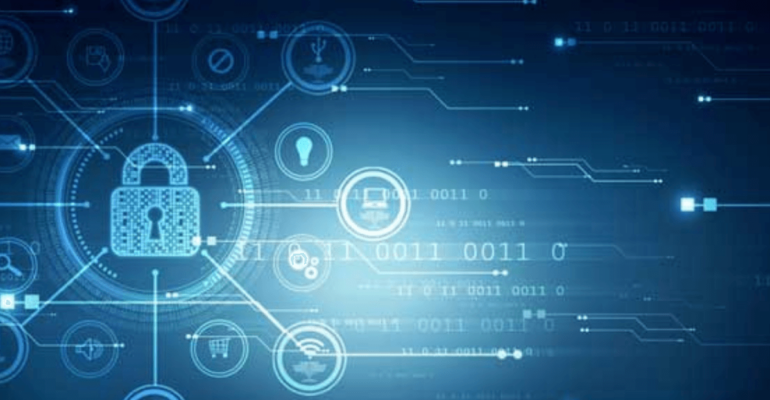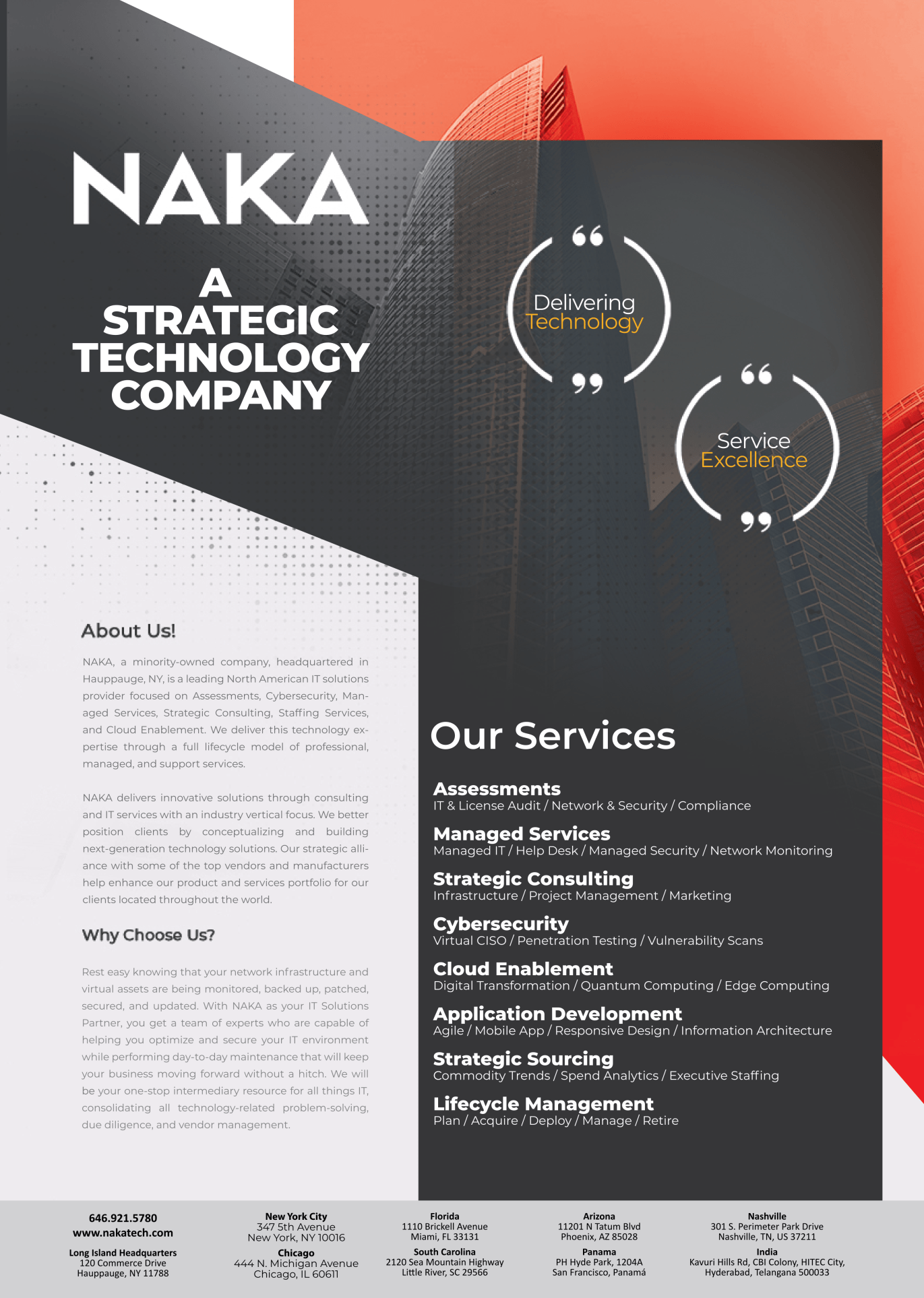A Quick Guide to Zero Trust Security

A Quick Guide to Zero Trust Security
In 2020, the world faced the biggest threat of the COVID-19 pandemic. This made business owners shift to a remote working model overnight. As a result, all the data was streamlined in a way that made it easier for employees to work at home.
Let’s fast forward it to a year and a half to analyze the biggest theft that businesses are dealing with – Cybersecurity. The remote working might have worked well with the cloud as “the knight in shining armour” but unsafe home networks increased the risk of data theft.
Several companies faced cyber-attacks including the recent Pegasus (spyware) that has made them sweat a lot. On top of that, who can forget the attack when millions of IDs and passwords from Facebook were leaked on the forum including Mark Zuckerberg’s, the founder of Facebook.
Data thefts and breaches were not uncommon in the pre-pandemic world, but with the pandemic, it has reached its peak. Prior to the pandemic, companies were using traditional models since they have to work from one infrastructure that includes trusted networks, devices, and users.
Now, the trend is changing and companies are embracing the work from a home model that has made it vital to follow the robust mechanism that can work from anywhere providing a risk-free ecosystem. The companies need to find out the best practices of cybersecurity that can help them out to deal with the threat.
Hence comes the zero trust security model.
A report by market and markets predicted that by 2026, the market value of zero trust security will cross 51.6 billion dollars globally which was USD 19.6 billion in 2020. The compound annual growth rate of 17.4% is recorded in the report due to the increasing regulations for information security/data protection and the rise in cyberattacks.
The zero trust security model can help in analyzing the loopholes that hackers hunt down to get into the system. Let us explain what the zero trust security model is and how it is becoming the need of time.
What is Zero Trust Security?
As the name suggests, zero trust showcases that companies shouldn’t trust any individual or device when it comes to securing their confidential data or sensitive information. This can be outside or inside the premises that have made it essential to verify the source before giving access.
The companies need to verify the person and establish trust before giving access to any type of data. This helps in eliminating anyone who might leak the data and prevent data breaching within the network. However, there is a zero trust architecture that the companies can implement that mitigates the risk of unauthorized access and data breaches while offering the highest level of security.
Zero trust security is based on the major principles including least privilege access, user verification or identification, micro-segmentation, advanced data theft prevention techniques, and real-time monitoring of device access.
Why implement Zero Trust Security?
Now you know what zero trust security is all about and know why companies need it in the first place. The model focuses on the default secure state of the information that includes outside network access to offer adequate security.
The zero trust security goes way beyond conventional security approaches that only focus on corporate firewalls that can be easily avoided without resistance. Many connections can easily access data and run businesses openly, which is leading to cyberattacks due to its lack of security layers.
The open networks inside the company can be an alarming situation that enterprises need to address. The companies need to consider their access management and address bad external actors to eliminate compromises.
Here are the major benefits to opt for a zero trust security model or mechanism.
1. Prevention of unauthorized access
The zero trust security offers stringent policies that allow companies to monitor unauthorized access. It protects data, prevents any external threats, and safeguard the data from internal threats. They always verify and never trust policy is introduced with the zero trust security model that prevents any type of data misuse.
2. Remote “secure” workforce
With the pandemic, cybercrime have increased when users are working remotely. To prevent this, companies can implement a zero trust security model that minimizes new vulnerabilities and increased sudden exposure. The robust security mechanism can decrease the dependency on firewalls and use advanced measures to avoid any hacks.
3. Greater visibility
Zero trust means adding more security strategies and not trusting anyone. The users can decide who will access the data, what they can access, and even track their activities. With stringent authentication, the admin can offer top security to the sensitive information while monitoring others who are accessing the network. Admin gets complete visibility over others including precise location, time, and application used by others.
4. Ensure compliance
Zero trust evaluates the data first before giving any access to them along with tracking others. It helps in producing evidence, maintaining system security, and making governance faster and efficient.
5. IT Management
Since the admin can control, monitor, and analyze the activities of the users with zero trust security, it is easy to manage the tasks. Automation allows users to identify security aspects and get everything approved by the admin that decreases human errors. The admin is in charge of making the decisions and allowing their team to innovate instead of working on mundane tasks.
Conclusion
Zero trust security is the need of time with companies embracing remote working and planning to shift their workforce to permanent work from home. A robust system is required to identify and access the controls as a stronger security architecture. The users need to verify all the devices from the admin to protect organizations from foreign or domestic online threats.



